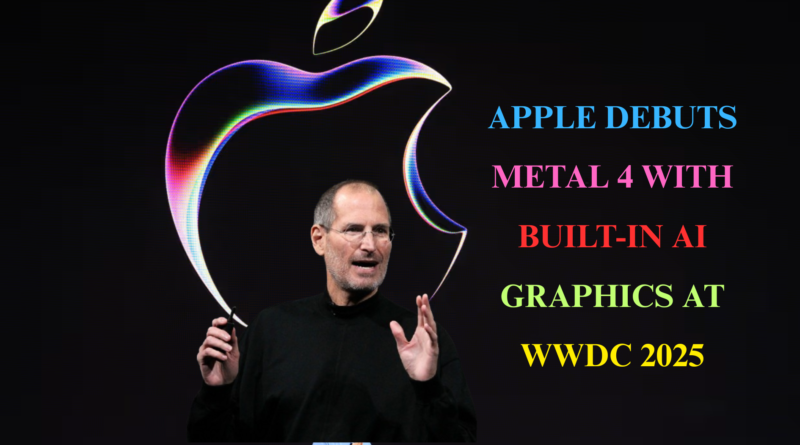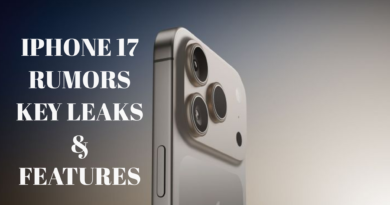APPLE UNVEILS METAL 4 WITH AI-POWERED GRAPHICS AT WWDC 2025
Apple made waves at WWDC 2025 with the announcement of Metal 4, a revolutionary update to its graphics framework that introduces AI-accelerated rendering directly within its GPU architecture. This marks a significant shift toward on-device artificial intelligence processing, allowing developers to leverage machine learning capabilities more efficiently across macOS, iOS, and visionOS platforms. By moving AI computation closer to the metal, Apple aims to redefine the landscape of real-time graphics and localized intelligence.
One of the standout features of Metal 4 is its ability to integrate AI workloads into the graphics rendering pipeline. Developers can now fuse neural network operations with graphics tasks like shading, ray tracing, and physics simulations, resulting in more dynamic environments and realistic visual effects. From enhanced textures and lighting to intelligent in-game NPC behavior, Metal 4 allows for immersive experiences with unprecedented realism-without relying on external servers.
Apple emphasized the privacy advantages of this shift during the keynote. With Metal 4, AI models trained or fine-tuned on-device remain securely on the user’s hardware. This architecture eliminates the need to transmit personal data to the cloud for processing, aligning with Apple’s long-standing commitment to user privacy and data security. It also reduces latency, ensuring faster performance in applications such as voice assistants, photo enhancement, and augmented reality (AR) rendering.
Under the hood, Metal 4 introduces new low-level APIs that allow developers to fine-tune AI pipelines directly on the GPU. This deep integration streamlines workflows for applications in creative software, scientific computing, gaming, and professional-grade video editing. Apple demonstrated this capability through Final Cut Pro and Logic Pro, showing how AI-assisted tools can now run entirely offline while still delivering pro-level performance and precision.
The update also aligns with the evolution of Apple Silicon. With the M4 chip family launching alongside Metal 4, developers can tap into unified memory and neural engines optimized for Metal’s new features. This synergy between software and hardware allows more energy-efficient AI processing, which is critical for battery-powered devices like MacBooks and iPads. Metal 4 is designed to scale from the compact iPhone to the powerhouse Mac Studio with seamless performance.
Game developers stand to benefit significantly. Metal 4 supports AI-enhanced upscaling, procedural generation, and animation smoothing, reducing the need for heavy pre-rendered assets and expanding creative flexibility. Apple’s demo of a real-time strategy game showcased terrain that changed dynamically based on user input and AI prediction, providing a taste of the next generation of intelligent gameplay.
Developers working in AR and VR will find value in Metal 4’s adaptive spatial rendering, which combines AI inference with environmental mapping. This allows AR apps to adjust lighting and geometry in real time, making digital objects feel more physically present in the real world. The integration with visionOS indicates Apple’s ambition to dominate spatial computing with AI at the core of its strategy.
Apple also announced that popular engines like Unity and Unreal will support Metal 4 through dedicated SDKs, enabling thousands of creators to adopt AI-enhanced rendering with minimal friction. Apple is working closely with third-party developers to ensure backward compatibility and optimize performance across devices.
For machine learning professionals, Metal 4 introduces tools to run custom Core ML models directly on the GPU, accelerating everything from image classification to generative AI workflows. This helps researchers and AI engineers experiment and deploy cutting-edge models on Macs without needing external GPUs or cloud computing platforms.




